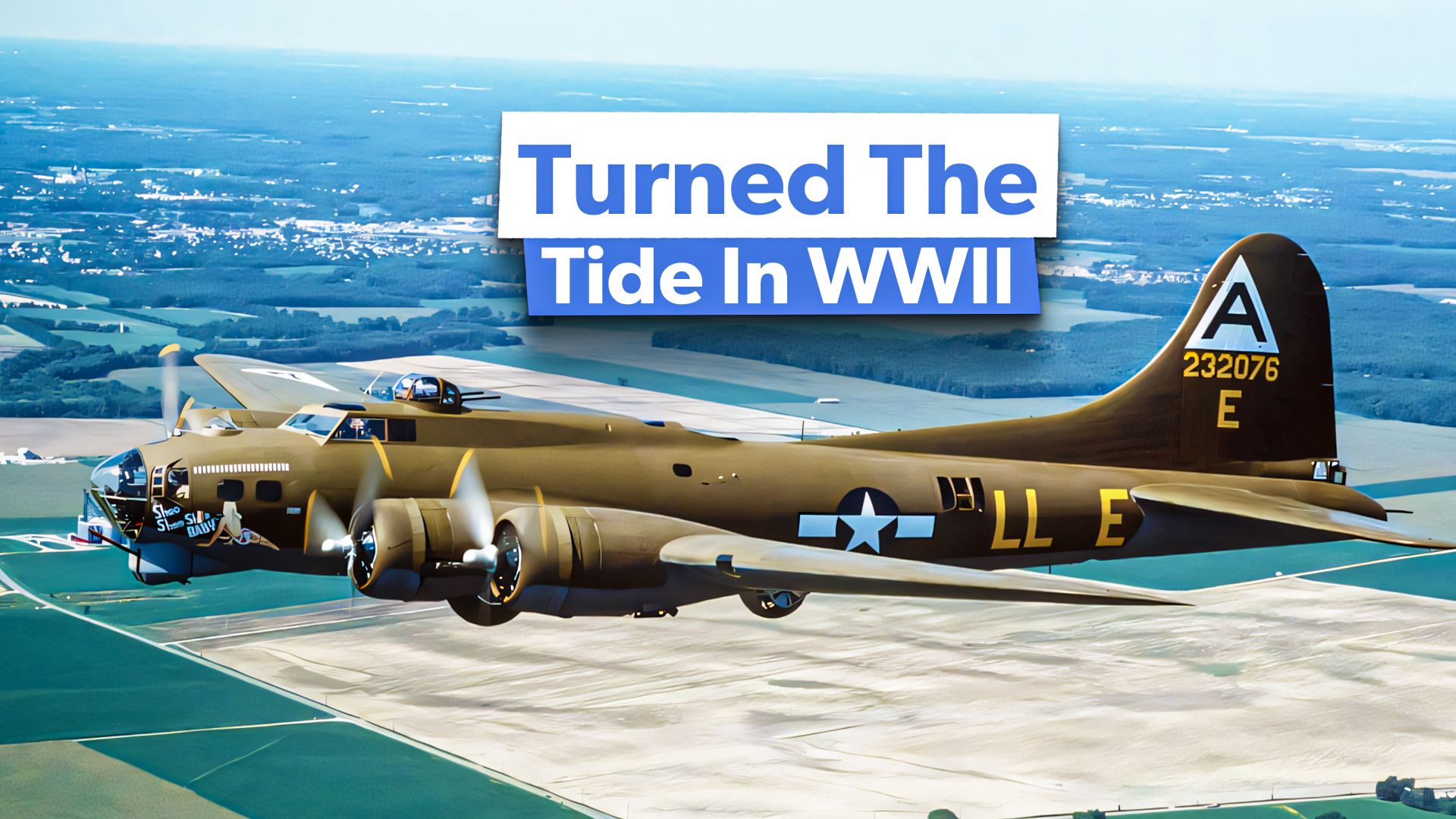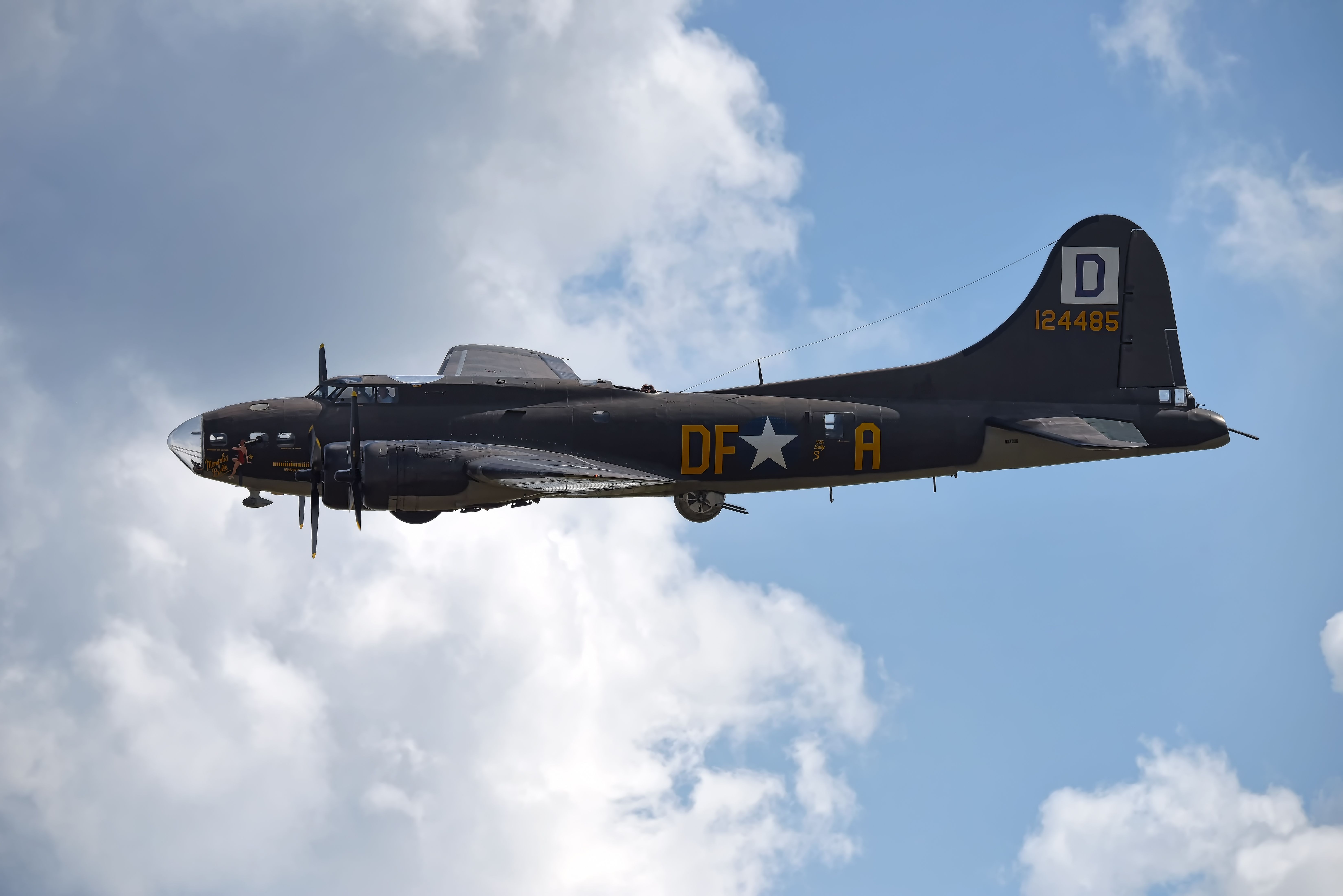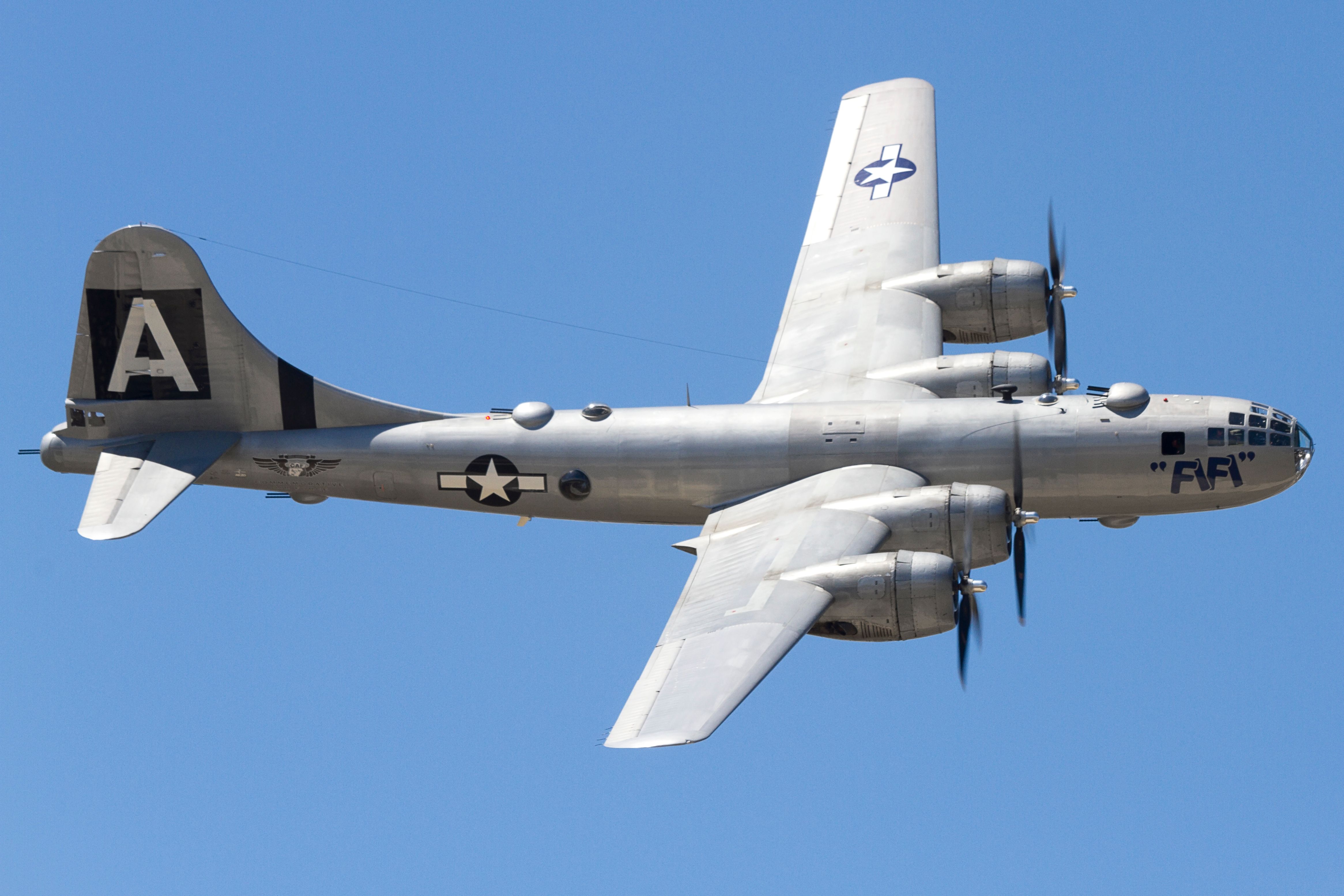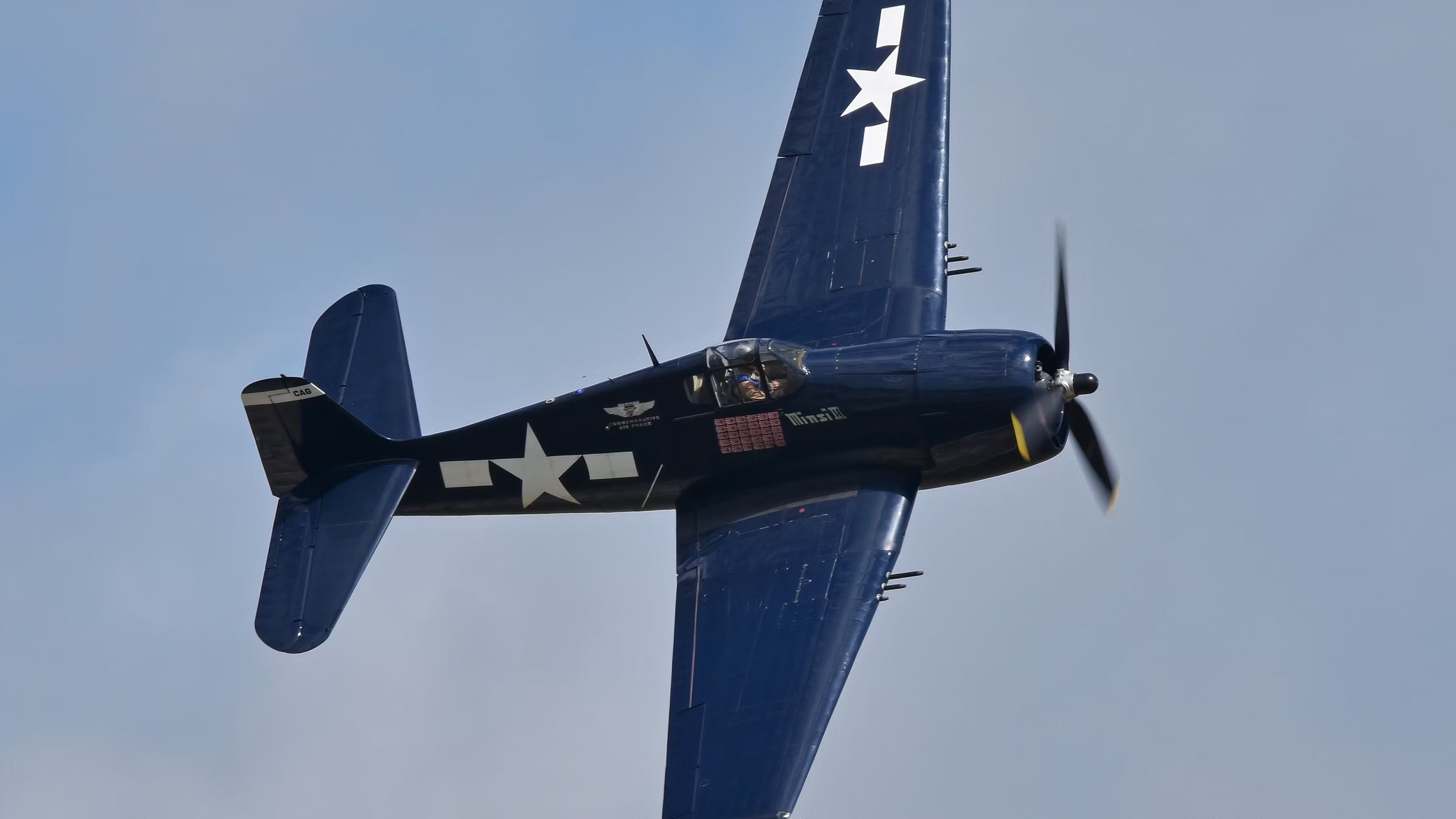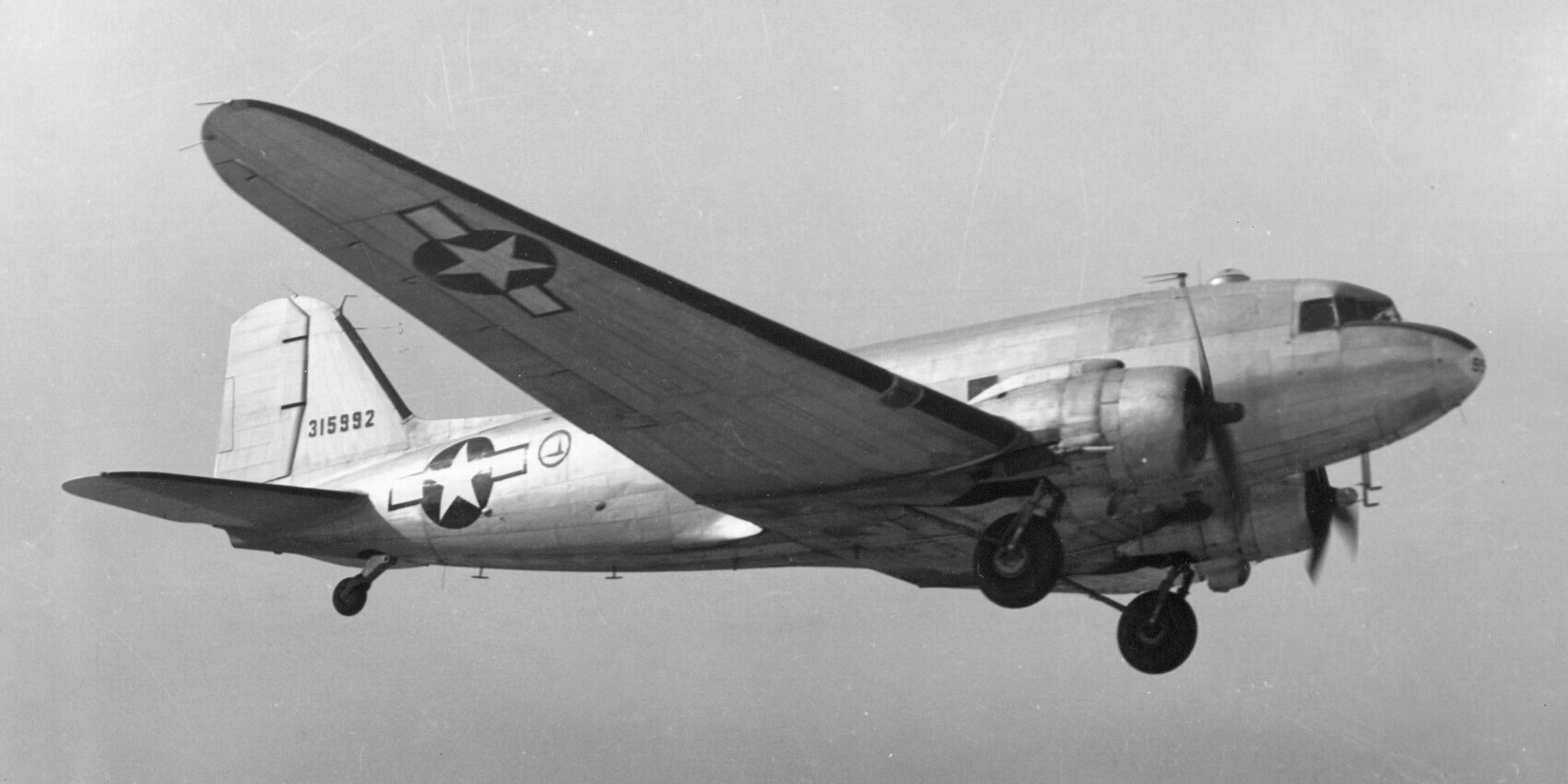The Second World War was a time in which military aviation technology was forced to adapt to the needs of global air forces, which were currently engulfed in the most consequential conflict in human history up to that point. Aircraft manufacturers across the globe made incredible advances in fighter, transport, and bomber technology that would make a lasting impact for generations, likely as a result of millions of man-hours of labor from some of the planet’s most talented aerospace engineers.
The United States was no exception, and American planemakers were hard at work during the war designing the planes that would help the Allies beat the Nazis. From Grumman to ![]() Boeing
Boeing
to North American Aviation and more, American manufacturers were hard at work designing bombers, fighters, and other aircraft that could go toe to toe with the latest technology coming out of the German and Japanese war machines.
Thousands of aircraft had rolled off of American assembly lines by the time the war concluded in 1945, with dozens of new models making their way into the skies. Nonetheless, there were some standout aircraft that made a significantly larger impact on the market than others. Let’s take a look at five World War II aircraft that helped the United States Armed Forces and their Allies change the tide of the conflict.
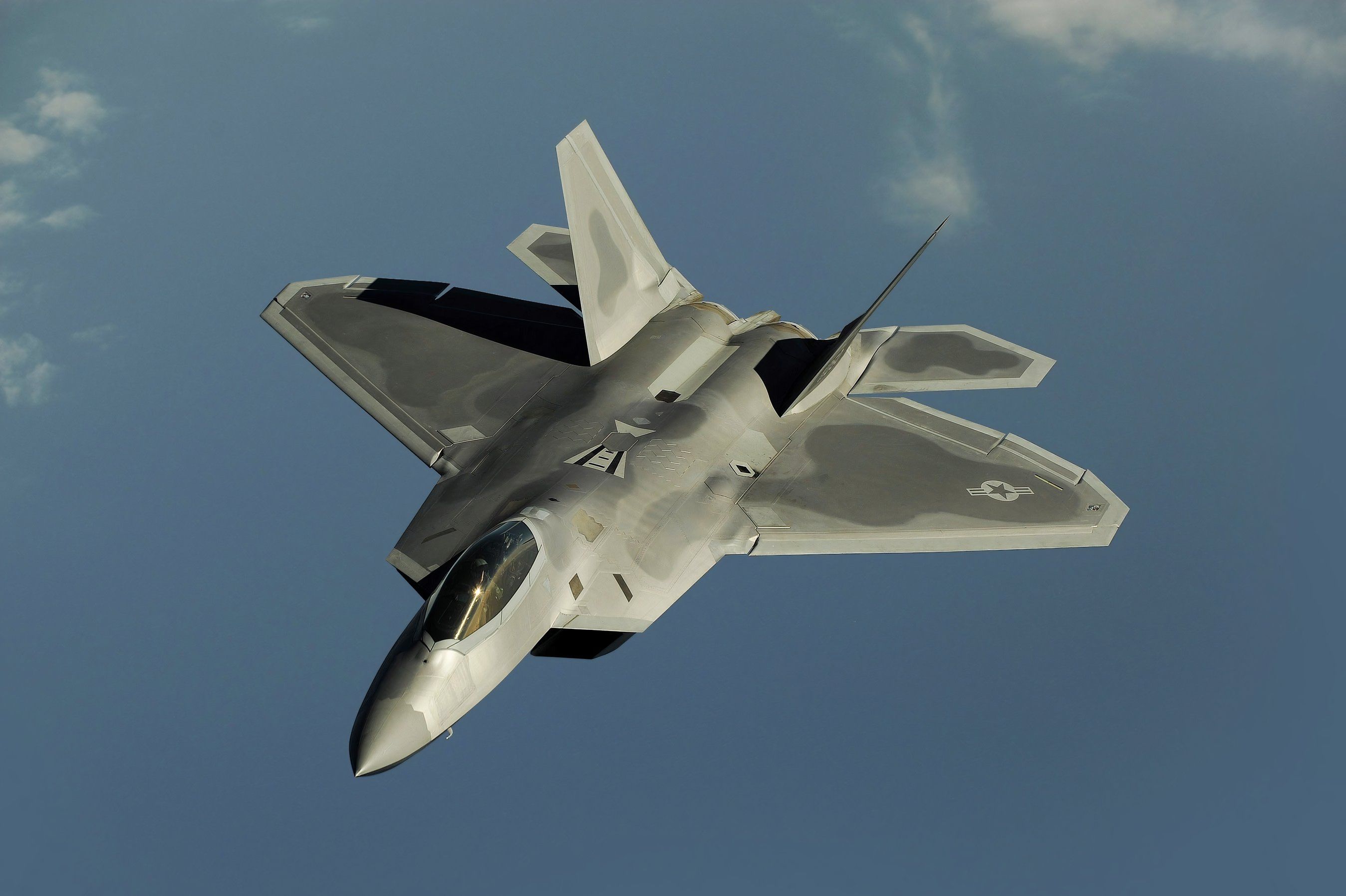
1
North American P-51 Mustang
Number built: 15,000+
|
Category: |
P-51 Mustang Specification: |
|---|---|
|
Primary purpose: |
Fighter |
|
Maximum takeoff weight (MTOW): |
12,100 pounds |
|
Maximum speed: |
440 miles per hour |
|
Service ceiling: |
41,900 feet |
Among all the fighters that flew for the United States Army Air Forces, there are few more influential and recognizable than the P-51 Mustang. The plane boasted exceptional range and speed capabilities and was initially designed in response to a British request for a new nimble fighter, but soon became a critical element of America’s fighter force.
The plane revolutionized fighter technology when it was equipped with more powerful engines built by British manufacturer Rolls-Royce, which allowed the plane to operate both over longer distances and at higher altitudes. The P-51 entered the history books when it began escorting bombers deep into Nazi territory during targeted strikes.
The aircraft could go toe to toe with even the Luftwaffe’s most capable fighters, ensuring Allied air dominance after 1944. The plane would later go on to serve in the Korean War, and would eventually enter service with all the following air forces:
- Royal Air Force
- Royal New Zealand Air Force
- Royal Canadian Air Force
2
Boeing B-17 Flying Fortress
Number: 12,731
|
Category: |
B-17 Flying Fortress Specification: |
|---|---|
|
Primary purpose: |
Heavy Bomber |
|
Maximum takeoff weight (MTOW): |
65,500 pounds |
|
Maximum speed: |
287 miles per hour |
|
Service ceiling: |
35,600 feet |
Photo: Knumina Studios | Shutterstock
Known for its extensive durability, the Boeing B-17 Flying Fortress was one of the most influential bombers of the Second World War. Able to sustain significant damage and still limp back to base, the aircraft, according to the Government of Delaware, earned its nickname from a Seattle columnist who famously wrote:
Why, it’s a flying fortress!
Despite its name, thousands of B-17s were still lost throughout the war, as the plane was assigned some of the most daring daytime bombing raids into Europe. The aircraft dropped over half a million tons of ordinance throughout the war, a blow from which the Nazis never recovered.
3
Boeing B-29 Superfortress
Number built: 3,970
|
Category: |
B-29 Superfortress Specification: |
|---|---|
|
Primary purpose: |
Heavy bomber |
|
Maximum takeoff weight (MTOW): |
133,500 |
|
Maximum speed: |
357 miles per hour |
|
Service ceiling: |
31,850 feet |
The Boeing B-29 Superfortress, a massive four-engine heavy bomber designed by Boeing, was one of the most influential aircraft during the last few years of the war, and would later go on to play a major role during the conflict in Korea. The aircraft, which was principally designed for strategic bombing like its predecessor, the B-17, would later become noteworthy for its capabilities as an incendiary bomber and naval miner.
Photo: BlueBarronPhoto | Shutterstock
However, the plane is likely best known for being the only plane to ever deploy nuclear weapons in combat. Enola Gay and Bockscar, the two bombers used to drop atomic bombs on the Japanese cities of Hiroshima and Nagasaki, were both B-29s, according to the National Museum of the United States Air Force.
4
Grumman F6F Hellcat
Number built: 12,275
|
Category: |
Grumman F6F Hellcat: |
|---|---|
|
Primary purpose: |
Carrier-capable fighter |
|
Maximum takeoff weight (MTOW): |
15,415 pounds |
|
Maximum speed: |
391 miles per hour |
|
Service ceiling: |
37,300 feet |
Known for being America’s most capable carrier-based fighter during the war, the Grumman F6F Hellcat was designed as a replacement for the F4F Wildcat, its predecessor. The plane was designed to serve as a response to the Japanese Mitsubishi A6M zero and played a key role in helping the Allies win key battles in the Pacific theater.
5
Douglas C-47 Skytrain
Number built: 10,174
|
Category: |
Douglas C-47 Skytrain Specification: |
|---|---|
|
Primary purpose: |
Transport and cargo aircraft |
|
Maximum takeoff weight (MTOW): |
31,000 pounds |
|
Maximum speed: |
224 miles per hour |
|
Service ceiling: |
26,400 feet |
The C-47 Skytrain is often overlooked in lists of the most influential American-built aircraft of the war, likely due to it not serving a combat role. Originally designed from the civilian Douglas DC-3, the aircraft provided crucial logistical support during the war, transporting troops and cargo while also playing an important evacuation role. The plane, which was designated by the Royal Air Force as the Dakota, was a critical component of the D-Day invasion.

